Step-by-Step Guide to Taking Long Exposure Photos
Share the article:
More Photo Tips | Video Gallery | Photo Gallery | Enewsletter sign-up
• Choose a location with interesting subjects and minimal light pollution, considering the time of day and weather conditions to enhance your long exposure photos.
• Secure your camera on a stable tripod, use a remote shutter release, set the lowest ISO, a small aperture, and adjust shutter speed to capture motion effects.
• Use composition techniques like the rule of thirds and leading lines, experiment with perspectives, and adjust settings and filters for the best exposure.
Long exposure photography opens up a world of creative possibilities, allowing photographers to capture the passage of time in a single frame. Whether it's the motion of clouds, the swirling patterns of star trails, or the dynamic movement of urban scenes, mastering this technique can transform your photos. This guide will walk you through the essential steps to successfully capture stunning long exposure images.
Planning Your Shot
Planning is a crucial step in capturing long exposure photos. Start by choosing a location that offers interesting subjects and minimal light pollution. Coastal areas, urban landscapes, and starry night skies can all provide stunning backdrops. Pay attention to the weather forecast; overcast skies can add drama to your shots, while clear skies are perfect for star trails. Consider the time of day as well; golden hour and blue hour offer unique lighting conditions that enhance long exposure photography. Lastly, ensure you have permission to shoot in your chosen location, especially if it's private property or requires special access.
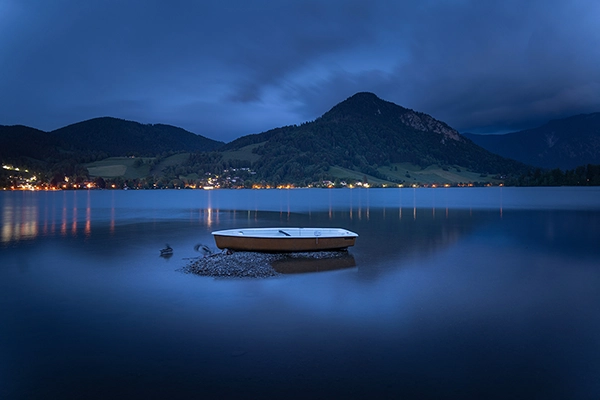
© Philip Ruopp
Lens: 28-200mm F2.8-5.6 Di III RXD
Focal Length: 28mm Exposure: 30 sec., f/2.8, ISO 100
Click image to view larger
Setting Up Your Camera
Setting up your camera correctly is essential for successful long exposure photography. Start by securing your camera on a stable tripod to prevent any movement during exposure. Use a remote shutter release or the camera's timer function to eliminate camera shake. For camera settings, switch to manual mode to have full control over your exposure settings. Set your ISO to the lowest setting (typically ISO 100) to minimize noise. Choose a small aperture (such as f/11 or f/16) to ensure a deep depth of field.
Next, adjust your shutter speed based on the desired effect. You may need a shutter speed of several seconds to minutes to capture smooth water or light trails. Tamron lenses are ideal for long exposure photography due to their advanced optical performance and vibration compensation features, which help achieve sharp images even in challenging conditions. Make sure you use neutral density (ND) filters to regulate the light entering the lens, enabling longer exposure times even in bright conditions.
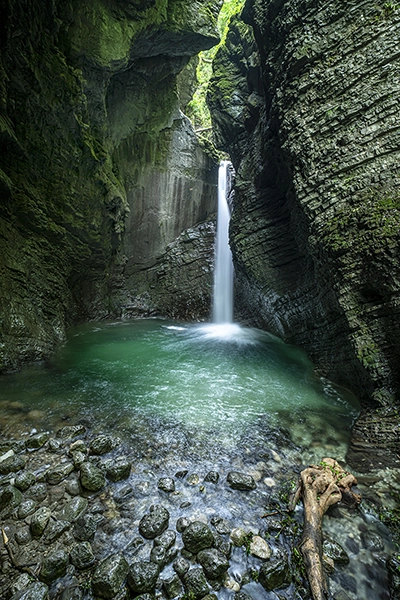
© Frantisek Zvardon
Lens: 17-28mm F/2.8 Di III RXD
Focal Length: 20mm Exposure: 2.5 sec., f/13, ISO 100
Click image to view larger
Composition Tips
Effective composition is key to creating compelling long exposure photos. Start by considering the rule of thirds to place your subject off-center, creating a more dynamic image. Use leading lines, such as roads, rivers, or pathways, to draw the viewer's eye into the scene. Natural frames like trees, arches, or even window frames can add depth and interest. Look for elements that will remain stationary during the exposure to anchor your composition, while moving elements (like clouds, water, or bustling crowds) create a sense of motion.
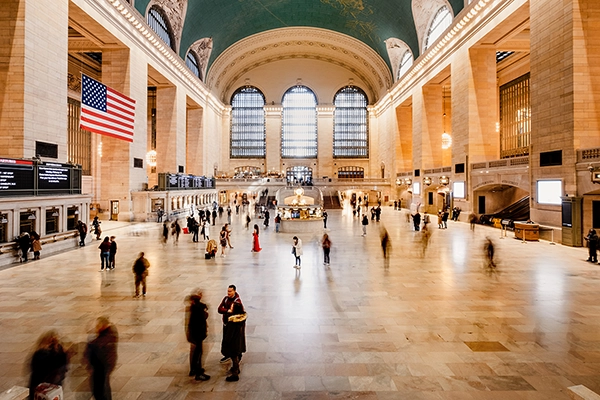
© Philip Ruopp
Lens: 11-20mm F2.8 Di III-A RXD
Focal Length: 11mm Exposure: 4.5 sec., f/16, ISO 160
Click image to view larger
Experiment with different perspectives and angles to find the most striking composition. Consider the interplay of light and shadow, especially during golden hour, to add drama and texture to your shots. Additionally, try incorporating reflections in water, glass, or puddles to add a creative twist to your images. Pay attention to the horizon line and ensure it is straight unless you are intentionally creating a dynamic angle.
Using a wide-angle lens, such as the Tamron 17-28mm, can help capture expansive scenes with striking skies. By thoughtfully arranging your elements and paying attention to the dynamic range of your scene, you can enhance the visual impact of your long exposure shots. Finally, don't forget to review and adjust your composition as the light changes during the exposure process, and take multiple shots to ensure you capture the best possible image.
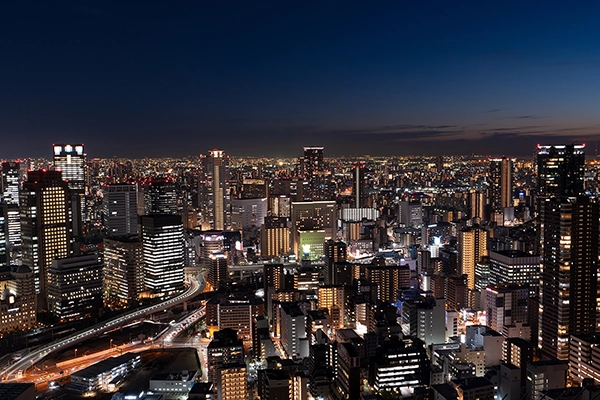
© Takuya Iwasaki
Lens: 17-50mm F4 Di III VXD
Focal Length: 36mm Exposure: 8 sec., f/11, ISO 200
Click image to view larger
Fine-Tuning Your Settings
Once you have set up your camera and framed your shot, it's time to fine-tune your settings to achieve the desired effect. Start by adjusting your shutter speed to control the amount of motion blur. Keep an eye on your histogram to help you get a balanced exposure without clipping highlights or shadows.
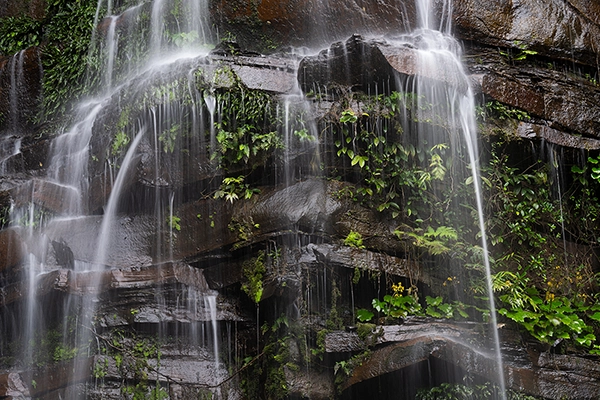
© Yosuke Kashiwakura
Lens: 50-300mm F4.5-6.3 Di III VC VXD
Focal Length: 99mm Exposure: 1 sec., f/11, ISO 50
Click image to view larger
If your photo is too bright, try using neutral density (ND) filters to decrease the light entering the lens, allowing for longer exposure times even in bright conditions. Experiment with different filter strengths to find the perfect balance. During the exposure, monitor your shot and make adjustments as needed. In post-processing, fine-tune the exposure, contrast, and sharpness to bring out the best in your image.
By following these steps, you'll be well on your way to mastering how to take long exposure photography. Planning your shot, setting up your camera correctly, composing your image thoughtfully, and fine-tuning your settings are all crucial to capturing stunning long exposure photos. With practice and experimentation, you can create images that beautifully capture the passage of time and the movement within a scene. Grab your camera, head out, and start shooting!
More Photo Tips | Watch Videos | Learn More About Tamron Lenses | Photo Gallery